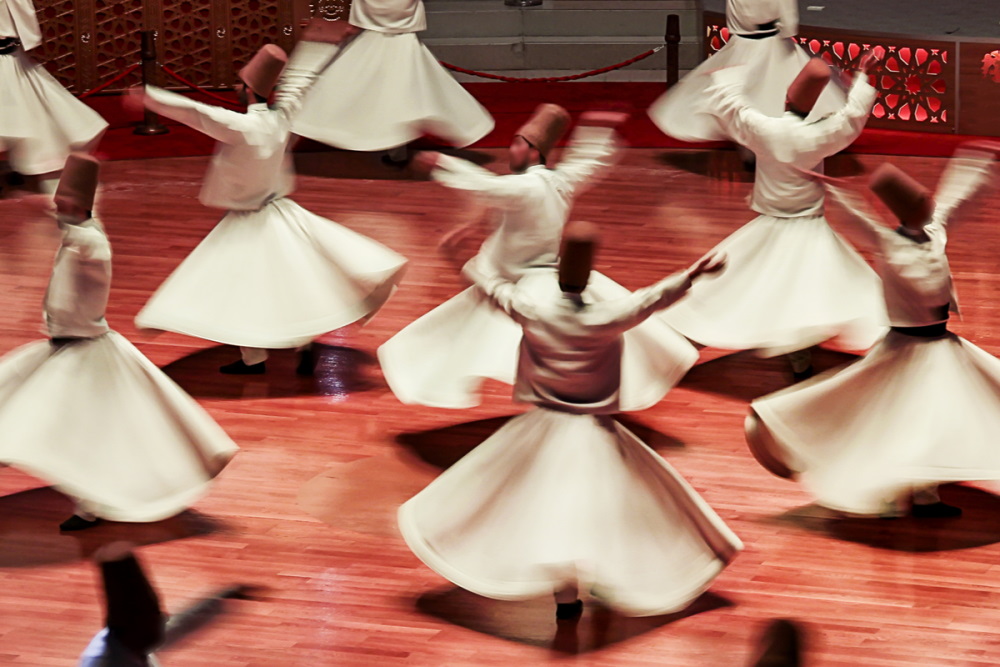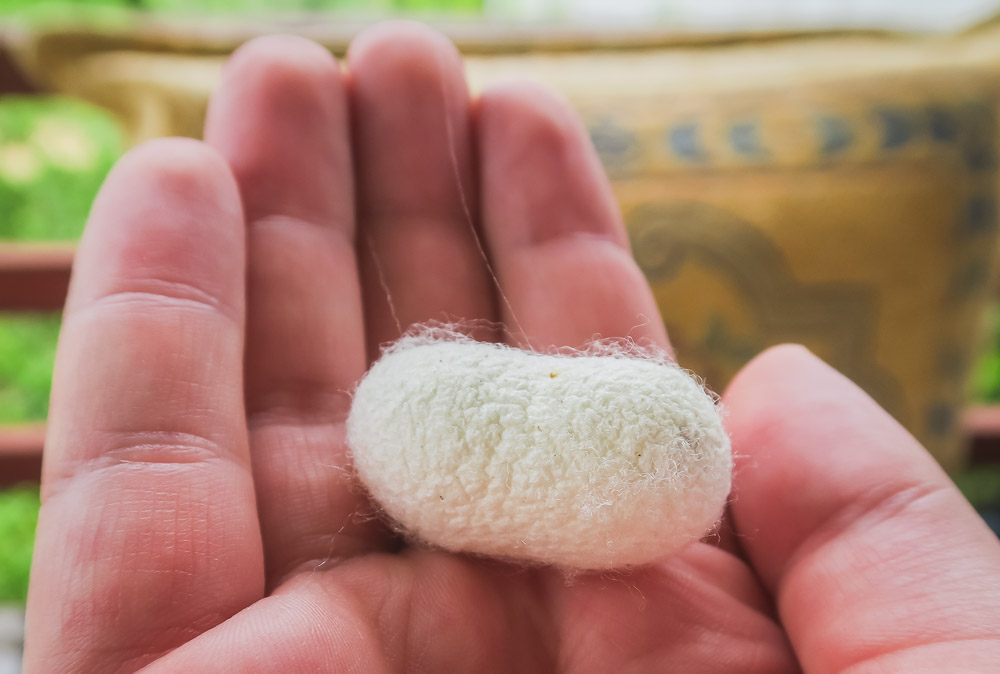Tailor Made Travel Service
Plan Your Ideal Trip Today
What to Do?
On this page, you will find a cultural guide of Antalya, uniting all the important elements of Antalya's unique cultural traits.
The city of Antalya looks back on 6,000 years of history, some of whose heritage has been well preserved and some not.
Ancient ruins and the beautiful old town of Antalya are some witnesses of a long-gone era.
Also in the surrounding province you can find numerous traces of ancient, ottoman and todays Turkish culture.
Here are licenced Tickets for selected experiences througout Antalya, for example tours to Myra, Side old town with the bazaar and boat tours with a turkish Gulet Ship.
If you are searching for something special, feel free to contact us. We are glad to arrange a private travel guide with a driver for you.

Yörük are nomads who once migrated to Anatolia from Central Asia. The lived in summer in the Taurus mountains in Antalya and in summer amongst the coast.
Many of them served Turkish sultans also as warriors in their conquests. By the time the Ottoman Empire reached its peak in the 16th century, Yörüks had penetrated as far as southeastern and Central Europe.
Today most of them are settled, some still practice their high alpine farming in the summer. The Yörük Park in Kemer, founded in 1982, shows the life of the nomads, which was arduous and tiring. In Manavgat, the Yörük Museum, partly designed as an open-air museum, presents 3 original tents of the nomads as well as numerous other everyday objects.

Dervish monks belong to a Sufi order. Sufi's are known for their wisdom, healing and asceticism; they are the mystics of Islam. The word dervish comes from Persian and translates as "poor" or "beggar". Mostly, the monks live as beggars, not using the begged money for themselves, but giving it to other poor people.
Famous are the whirling dances of the dervishes, a ceremony to achieve religious ecstasy. In the process, the monks rotate around their own axis, with the right palm facing up and the left palm facing down. Divine energy is received with the right hand and given to the world with the left.

In 1750, the first banana plant was brought to Turkey. Since then, bananas have been grown in the coastline between Alanya and Gazipaşa on the hills facing the sea, loving the humid winds.
Locals say "bananas love the sea". The fruits are smaller and much sweeter than their big sisters from Africa and South America. They are also called the donkey bananas.
Citrus fruits are also grown, and among the numerous orange plantations, the smell of oregano and thyme is also present in the air above the fields. Carob trees can grow up to 20 meters high, and their fruit is processed into syrup or used dried as a substitute for cocoa powder.
Even avocados, native to the tropical rainforests, thrive in Alanya. As meat products, lamb and goat meat are particularly well known, while the small town of Kaş is famous for fishing.

Silk Worm Cocoon in Sapadere Alanya
In the past, goods were transported from China to Europe on the Silk Roads, which were of great importance until the 14th century. However, as sea transport became more advanced and silk was also produced in Europe, they gradually lost importance and were almost no longer used from the 19th century.
Along the way, caravanserais were built exactly one day's walk apart from one another. For security reasons, their walls were as thick as those of a castle. Inside, the travelers found accommodation and food for themselves and their animals, usually there was a mosque, wells, washing facilities, a blacksmith and a veterinarian. Today, various caravanserais or what is left of them can be visited, such as the Kırkgöz Caravanserai near Antalya or the Alara Caravanserai, 115 kilometers away.
Interesting is the village of Sapadere, which is located next to the canyon of the same name. Silkworms are still farmed here today. In an old silk weaving mill silk looms are exhibited and if you are lucky enough to come here between May and June, you can even admire live silkworms.
Read More: Discover Sapadere Canyon in Alanya. It is one of the most beautiful natural treasures of Antalya, where you can still see silk worms today.

The old town, also called Antalya Kaleiçi, is situated on a cliff above the harbor. Many of the houses in the small winding streets with cobblestones dates from the Ottoman era. It seems as if time has stood still here. Hadrian's Gate commemorates the visit of Emperor Hadrian and for a long time was the only entrance to the old town.
The furrowed minaret of the Yivli Minare Mosque, built by the Seljuks in the 13th century, is considered a landmark of Antalya. Nearby is the Saat Kulesi, the clock tower that was once part of the old city walls. The old harbor of Antalya conveys a very special flair with its fishing boats and yachts. If you feel like it, you can marvel at exhibits from the Paleolithic to the Ottoman Empire in the Antalya Archaeological Museum.

Tailor Made Travel Service
Plan Your Ideal Trip Today